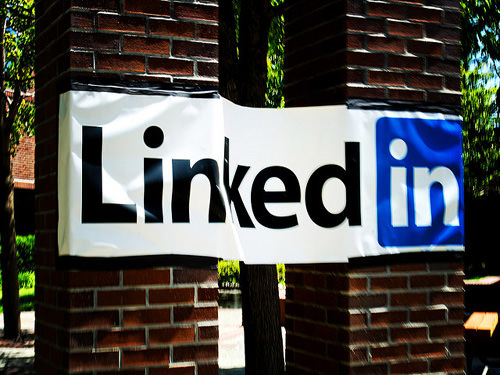LinkedIn As a Publishing Platform: 8 Tips for Better, More Informative Content

LinkedIn is among the world’s top 15 most popular social networks. Depending on how you define “professional,” it’s one of the most popular — if not the most popular — social networks exclusively for professionals.
But treating LinkedIn as a glorified resume repository sells the platform short. Way short. LinkedIn has made great strides in recent years toward becoming something far more valuable for professionals and employers alike: a first-rate publishing platform.
LinkedIn isn’t a publishing platform first, of course, and probably won’t ever be. That’s not to say anyone with a public LinkedIn presence need ignore its increasingly sophisticated tools for publishers. Here’s what you can do to get more people to read your LinkedIn content — and perhaps learn something new along the way.
1:- Use Plenty of Visuals and Formatting Tricks
One thing you don’t want your LinkedIn publishing repertoire to be is a collection of boring old plain-text articles espousing warmed-over wisdom. Liven up your stories with colorful visuals — photos, diagrams, embedded videos, infographics — and creative formatting tricks that keep readers engaged. You want your audience to dwell on your articles as long as possible, not to give up before reaching the fold.
2:- Stick Within Your Niche
Motorcycle manufacturer Harley-Davidson Motor Company probably prefers “stay in your lane,” but you get the idea. And so does Harley: its posts focus relentlessly on motorcycle matters.
Your LinkedIn content needs to be relevant to what you and your company do on a daily basis. The quickest way to deep-six your credibility is to spout off about topics on which you have no special expertise.
3:- Don’t Be Afraid to Speculate
This prohibition on “spouting off” isn’t a blanket admonition against forward-looking content. You can and should write semi-speculative pieces about trends or secular forces that may affect your industry in the months and years ahead. Silicon Valley entrepreneur Kris Duggan periodically shares original content on the “future of work” and other matters on which he (the founder and former president of an HR software solution suite) has considerable expertise. If you can pull off a convincing forward-looking treatment, go for it — it’s always more fun than the retrospective.
4:- Ask Your Team for Ideas and Contributions
Your team is your first line of defense against writer’s block. As long as you give credit where credit is due, your employees should have no problem helping you generate article ideas or even contributing their own original posts to your personal or company LinkedIn page. The more, the merrier.
5:- Look for Opportunities to Post on Other Influencers’ Networks
Your employees aren’t the only ones who deserve opportunities to post original content on high-visibility platforms. You can and should look for complementary influencers open to cross-posting your content on their web properties. LinkedIn isn’t exactly a hotbed of such activity, but it’s entirely appropriate for influencers to cross-post articles and explainers that first appeared on their LinkedIn profile.
6:- Mix Up Formats and Subjects
Without breaking the “stay within your lane” rule, liven up your LinkedIn clips by experimenting with different formats and subjects. For inspiration, look to “Real talk Friday,” a (presumably) weekly series in which mold-breaking apparel retailer Zappos holds forth on top-of-mind issues affecting employers and professionals. If your LinkedIn feed is one boring explainer after another, it’s not going to retain a loyal following.
7:- Break Up Long Explainers into Multi-Part Series
About those explainers. There’s nothing wrong with showing just how much you know about a particular aspect of your work, but not everyone wants to read 3,000 words of original content in one sitting. Break up long, in-depth explainers into multiple parts, each focusing on a particular sub-topic or step. Build anticipation with daily or weekly teasers, like they did in the old days.
8:- Tag Others in Your Content (But Don’t Spam People You Don’t Know)
Last, but not least, make sure you’re crediting those who deserve a shoutout and sending gentle “read this!” reminders to fellow influencers. Judiciously deploy tags whenever there’s a compelling reason to do so, giving preference to people and organizations without whose work your article wouldn’t be what it is.
Your LinkedIn Profile Is a Resource
Your ultimate goal in exploiting LinkedIn’s publishing capabilities should be to create a legitimate professional resource for people who more or less do what you do — or who aspire to be more like you.
If your profile isn’t a miniature hub of insight and ideas that helps move your industry’s most important conversations forward, ask yourself why that is. You won’t have to reinvent the wheel to change your LinkedIn presence for the better. You’ll have a nice head start, in fact, if you simply implement these eight tips and tricks.








1 comment
Julian Ann
LinkedIn is one of the best social media networks that really helps a lot in various ways. Well, This article about LinkedIn is really great to understand the Informative Content.